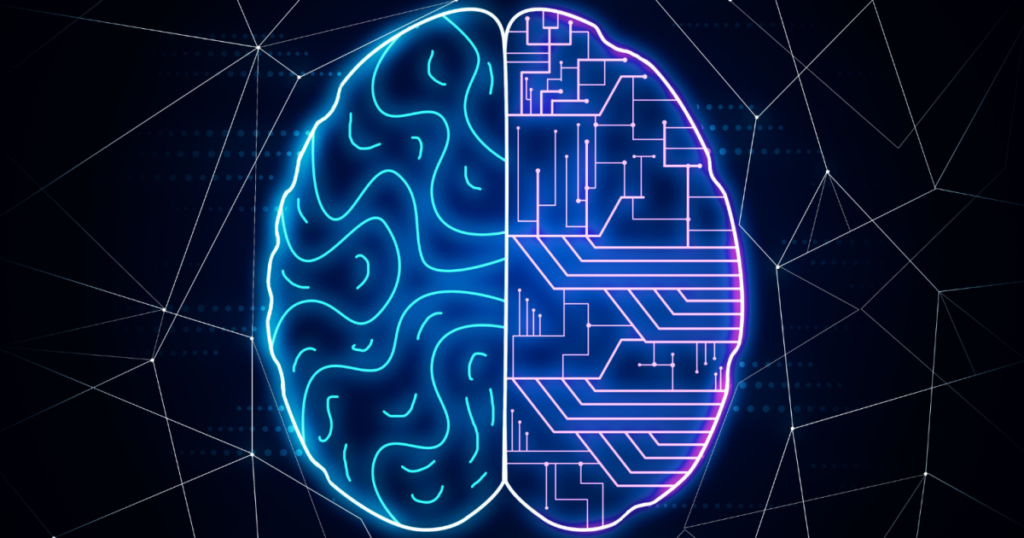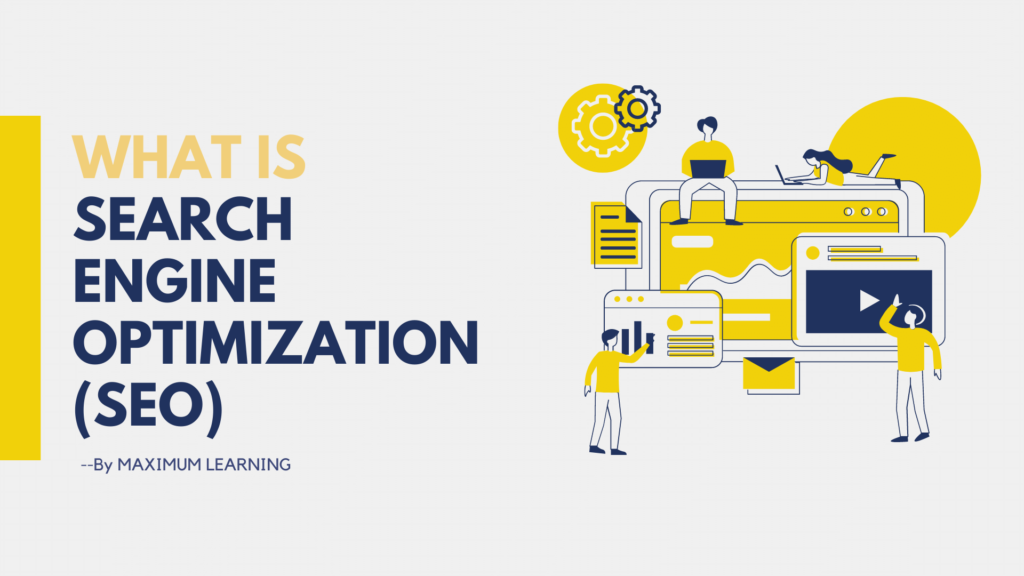Machine learning is a subfield of artificial intelligence (AI) and computer science that uses data and algorithms to mimic how humans learn, gradually improving its accuracy.
With this, businesses can use the data to teach the system how to solve the problem at hand and how to get better over time using machine learning algorithms.
Companies get a lot of information today. They need to make sense of it so they can make better business decisions. But the amount of data and how complicated it is make it hard to analyse with traditional tools.
The time of employees is taken up by building, testing, iterating, and deploying analytical models to find patterns and insights in data. Then, once these models are in place, they need to be watched and constantly changed as the market or the data changes. Machine learning is the answer, and this is how it works.
Machine Learning vs Deep Learning
Because deep learning and machine learning are often used interchangeably, it’s important to understand the differences between the two. Deep learning and machine learning are both subfields of artificial intelligence, with deep learning being a subfield of machine learning.
Neural networks are the building blocks of deep learning. Deep learning algorithms can be defined as neural networks with more than three layers (including inputs and outputs). This is often depicted by the diagram below:
The difference between deep learning and machine learning is in how each algorithm learns. Deep learning automates most of the feature extraction process, removing some of the manual human intervention and allowing for the usage of bigger data sets.
Labeled datasets, also known as supervised learning, can be used to inform “deep” machine learning algorithms, but they are not required. It can read unstructured data in its raw form (e.g., text, photos) and automatically establish the hierarchy of features that distinguishes different types of data. It does not require human intervention to interpret data, unlike machine learning, allowing us to scale machine learning in more exciting ways.
How Does It Works
A Decision Process: Machine learning algorithms are typically used to create a prediction or classification. Your algorithm will generate an estimate about a pattern in the data based on some input data, which can be labelled or unlabeled.
An Error Function: An error function evaluates the model’s prediction. If there are known instances, an error function can compare them to determine the model’s accuracy.
A Model Optimization Process: If the model can fit the data points in the training set better, weights are modified to narrow the gap between the known example and the model prediction. The algorithm will repeat this “evaluate and optimise” procedure, updating weights autonomously until an accuracy criterion is reached.
Uses of Machine Learning
Here are a few instances of machine learning that you might encounter on a daily basis:
- Speech recognition is a capability that employs natural language processing (NLP) to translate human speech into a written format. It is also known as automatic speech recognition (ASR), computer speech recognition, or speech-to-text. Many mobile devices use speech recognition to execute voice searches (e.g., Siri) or to increase texting accessibility.
- Customer care: Customer service: Online chatbots are replacing human agents across the consumer experience, altering how we think about customer involvement on websites and social media platforms. Chatbots answer commonly asked inquiries (FAQs) regarding issues such as shipping, or can provide individualised advise to consumers, such as cross-selling products or recommending sizes. Virtual agents on e-commerce sites, messaging bots on Slack and Facebook Messenger, and jobs typically performed by virtual assistants and voice assistants are examples.
- Computer vision is an AI technique that allows computers to extract meaningful information from digital photos, movies, and other visual inputs and then take appropriate action. Computer vision, which is powered by convolutional neural networks, has applications in photo tagging on social media, radiological imaging in healthcare, and self-driving automobiles in the automotive industry.
- AI algorithms can assist find data trends that can be leveraged to generate more effective cross-selling strategies by using historical consumption behaviour data. Online businesses employ this method to give relevant product recommendations to customers throughout the checkout process.
- AI-driven high-frequency trading platforms, designed to optimise stock portfolios, execute hundreds or even millions of deals each day without human interaction.
- Machine learning can help banks and other financial institutions detect fraudulent transactions. Using data from known fraudulent transactions, supervised learning can train a model. Anomaly detection can detect transactions that are unusual and warrant additional study.




